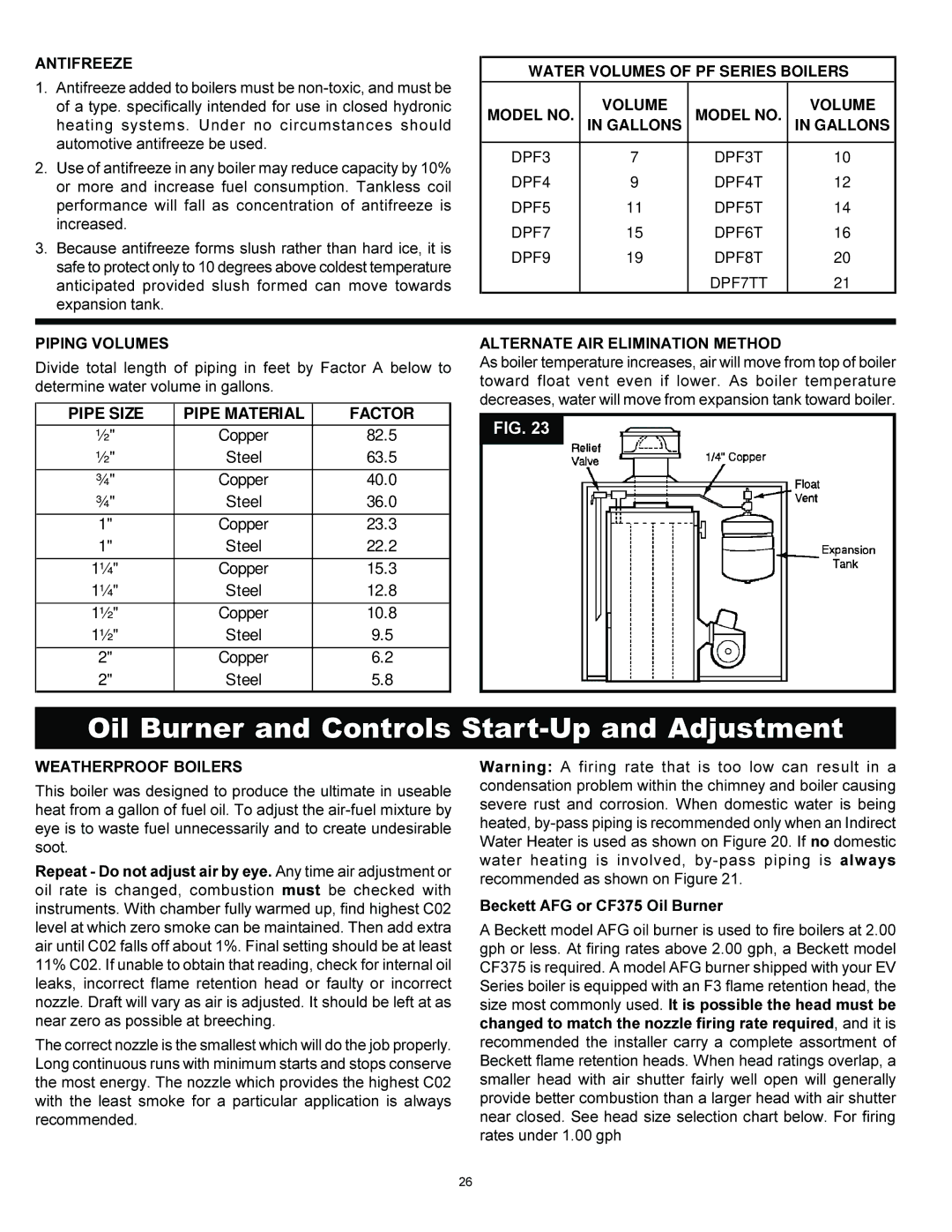PF Series specifications
The Ultimate Products PF Series represents a remarkable innovation in the realm of personal fitness equipment, catering to both amateur and professional athletes. Designed for versatility and performance, the PF Series includes a variety of machines that focus on strength training, cardio, and overall conditioning. Each unit is crafted with attention to detail, ensuring durability, effectiveness, and ease of use.One of the standout features of the PF Series is its ergonomic design, which prioritizes user comfort and safety. The equipment is built with high-quality materials that provide robust support during intense workouts. This series includes adjustable components, allowing users to customize settings according to their body type and fitness goals. Such adjustability is essential for maximizing workout efficiency and minimizing the risk of injury.
Technologically, the PF Series incorporates advanced digital interfaces that offer real-time performance tracking. Users can monitor metrics such as time, distance, speed, and calories burned, all displayed on easy-to-read screens. This real-time feedback empowers users to adjust their routines effectively, promoting progress and motivation. The integration of Bluetooth connectivity allows users to sync their data with fitness apps, enabling them to track long-term progress and set achievable goals.
The PF series also includes unique training programs tailored to various fitness levels, ensuring accessibility for beginners while still providing challenging options for seasoned athletes. The variety of workouts available supports muscle diversity and endurance training, facilitating a comprehensive fitness regimen.
In terms of construction, the PF Series employs a solid framework that withstands rigorous workouts. The machines utilize smooth motion technology to provide a seamless experience, reducing wear and tear over time. User-focused features, such as non-slip grips and easy-to-navigate controls, enhance the overall experience, making workouts both enjoyable and efficient.
The Ultimate Products PF Series embodies a commitment to fitness innovation, blending cutting-edge technology with user-centric design. Whether for a home gym or a professional training facility, these machines cater to all fitness enthusiasts seeking to elevate their performance and reach new heights in their fitness journeys. The integration of comfort, advanced technology, and durable construction positions the PF Series as a premier choice in the fitness industry.

